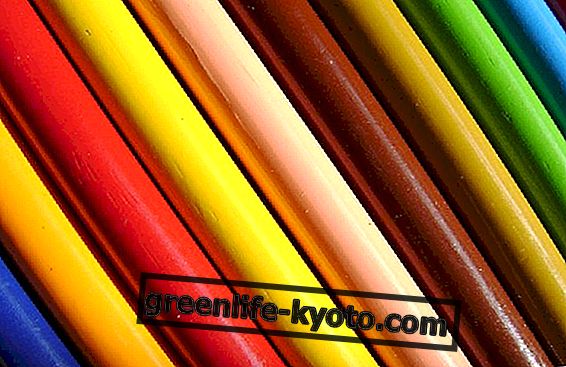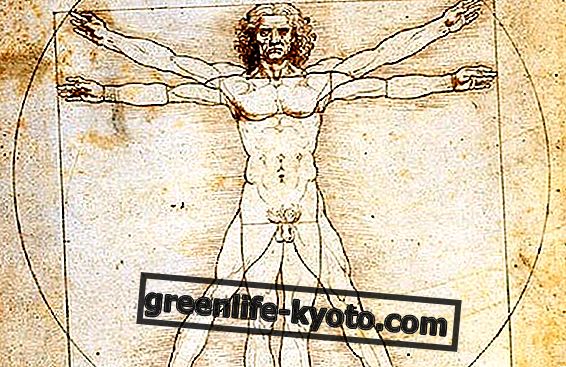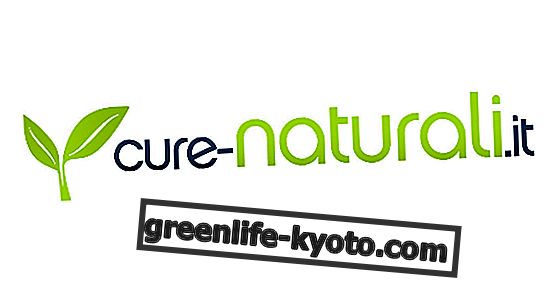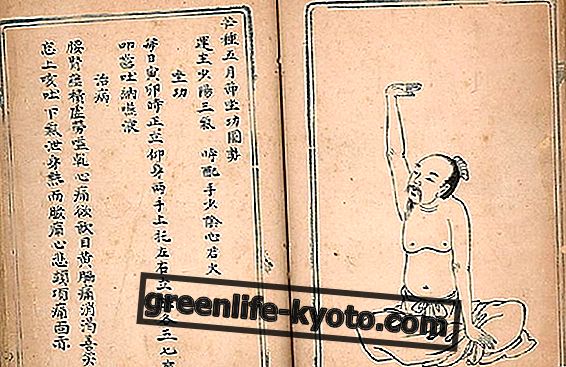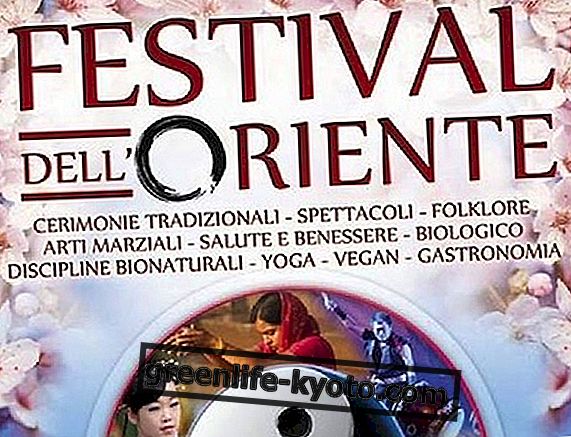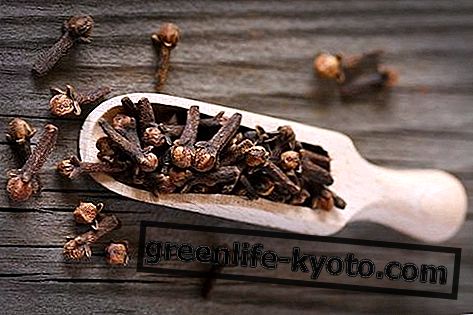
Excessive food sophistication is one of the causes of an increasingly continuous use of supplements, diets and dieticians .
Thanks to science we have discovered over time the individual elements that make up our diet and what the body needs, an approximate list of them could be made up of carbohydrates (sugars), lipids (fats), proteins, vitamins, water, mineral salts, secondary metabolites.
But in going deeply into the study of the single elements we have forgotten a universal principle : when I shed the white light in the colors of the iris, afterwards it will not be enough to mix them together to get white again.
The synergistic concept of natural phytocomplex is particularly important, because the organic interaction of precise combinations of all these elements gives us much greater benefits than their simple sum .
Our own body is composed of these elements but it will not be enough to shake them together to obtain a human being.
What does an unbalanced diet involve
In fact, many pharmacological properties of natural foods (especially in herbs and fruit) derive from the entire phytocomplex of elements they represent, and these properties disappear when the food is sophisticated, processed, altered .
The body of the human being has a precise chemical composition : about 70% of water, about 15% of proteins, about 12% of sugars, around 4% of trace elements, while the rest is divided into traces of carbohydrates and vitamins.
It can be deduced that our ideal food should naturally be composed of the same proportions. What happens when it is not? Proper digestion and assimilation of foods requires precise chemical processes that reproduce the percentages mentioned above, therefore when we exceed in proteins, to give an example, the body will need all the other elements in addition in order to restore the correct proportions.
And where does it take these elements when they are not ingested? From their own reserves, and this is why some foods denounce us instead of feeding us . But even when we manage to ingest the correct proportions using various foods, as mentioned, this is not enough to create the synergistic secret of a natural phytocomplex with its unique and unrepeatable active ingredients.
Foods without liquid, like bread or biscuits, prey on our organic water cells, while foods that are too rich in water wash away useful elements for our reserves during urination. Let's take a closer look at foods that are farther from the phytocomplex concept.
Lipids
> Oil : Oils are the most consumed source of fat in the world and as a food they represent a source of lipids corresponding to 100%.
Unfortunately nowadays there is an abuse of oils, of various nature, while just as an unbalanced food, although very healthy, a parsimonious use would be to recommend, remembering that all the unprocessed foods that respect the phytocomplex already contain within them various types of oil.
> Butter : As for oil, butter is a 100% source of animal fats, extracted from milk. It is generally consumed in cold territories, where an increase in the body's fat mass is more than useful for maintaining body heat and therefore vital functions.
However, even in this case it is good to use it in minimal doses and always supplementing it with foods rich in proteins and carbohydrates . The same thing applies to other animal fats, such as lard.
Protein
> Seitan : One of the 100% protein sources is undoubtedly the seitan, composed almost entirely of gluten . In nature there are no 100% protein foods, not even the meat itself which, as we have seen for the human one, is composed of about 70% of water.
This is why seitan is by no means an ideal substitute for meat . To assimilate the proteins some vitamins are needed, especially those of the B group, so consuming seitan means giving our stocks of B vitamins and risking deficiencies .
> Tofu : Tofu is more or less a version made of seitan legumes. At least that's what you hear, but tofu is not a 100% protein food. In reality it is around 20-25% and actually contains large amounts of calcium and iron .
carbohydrates
> Sweeteners : All natural sweeteners, from cane sugar to beet sugar, up to fructose via honey, etc., are 100%. In reality, honey is about 80% sugars, being made up of about 20% water.
Such concentrated sources of sugars are unnatural when taken in large proportions as in today's lifestyle, especially when the large amount of carbohydrates (bread, pasta, etc.) already provides energy.
Minerals and vitamins
> Supplements : Increasingly frequent use of supplements, especially without expert supervision, is not a game at all. The human body is a biochemical machine based on precise balances and ingesting salts and vitamins only by hearsay , without having a precise screening of our state of health, it can be risky or, at best, create deficits and therefore necessity.
By reversing the process described above due to excessive protein consumption, by taking too many B vitamins, the body will feel the need for protein in greater quantities, unbalancing its habits.

